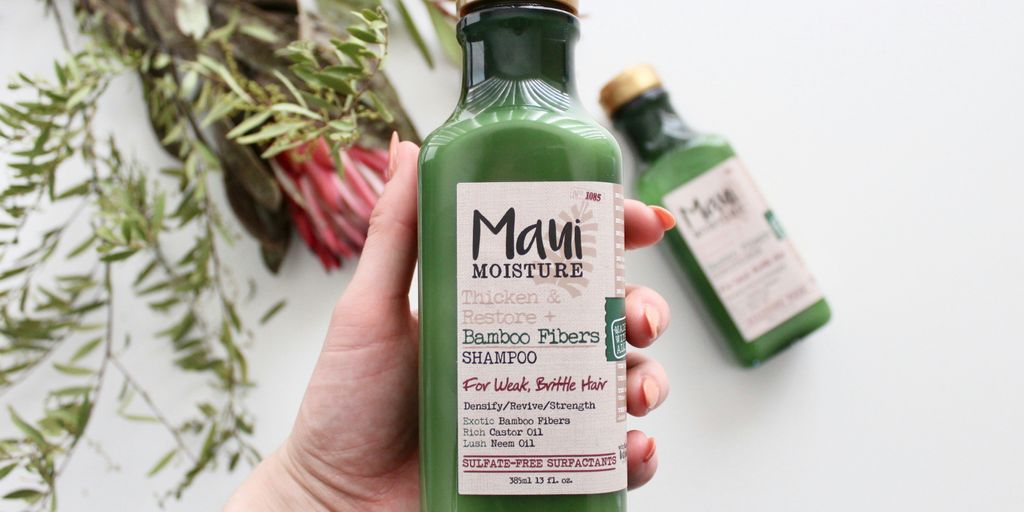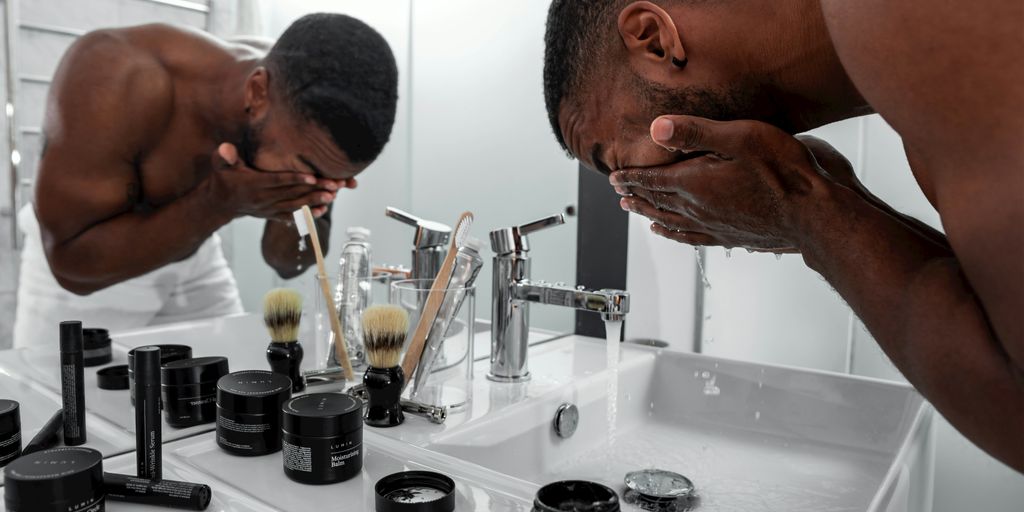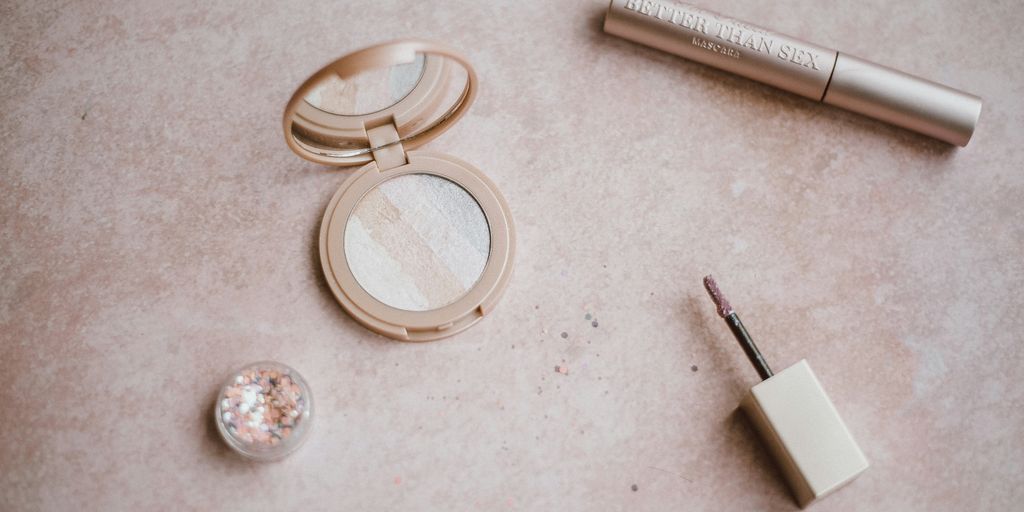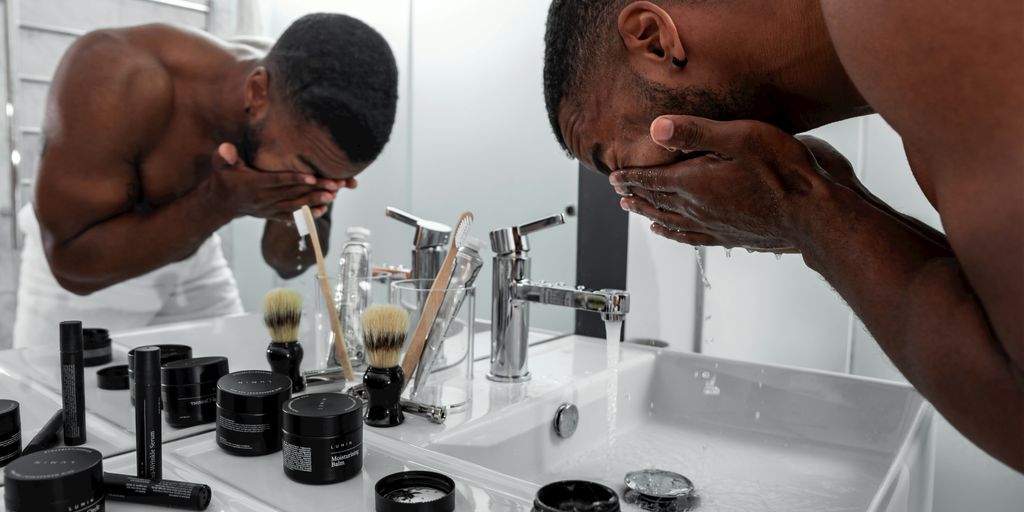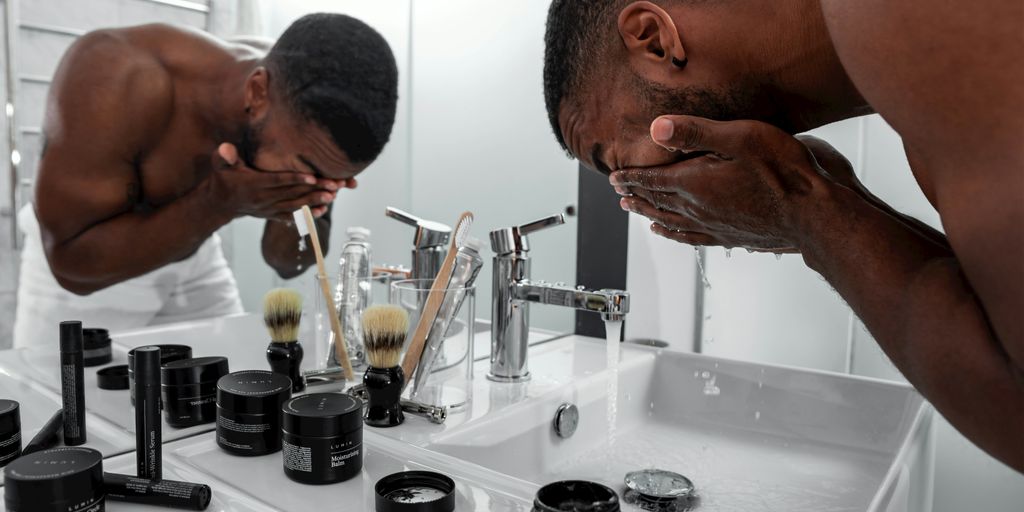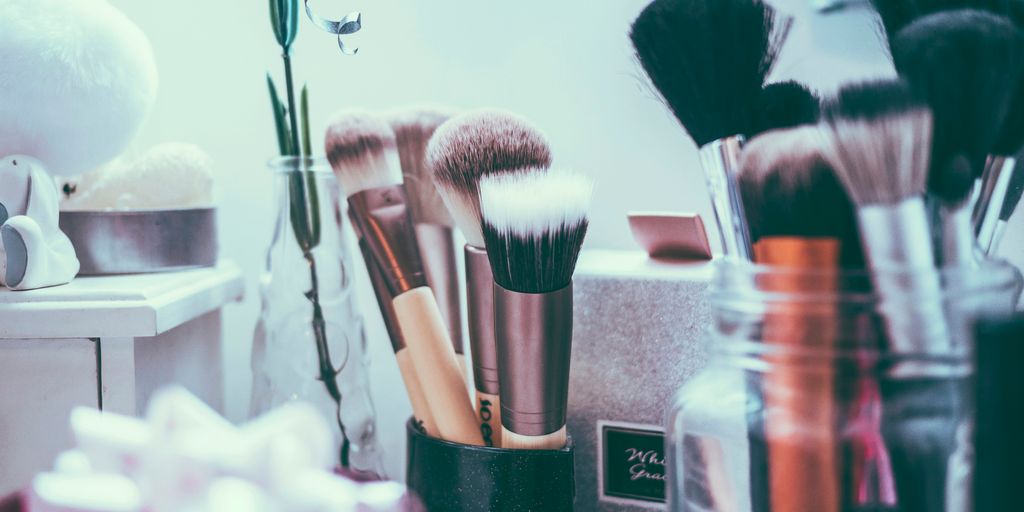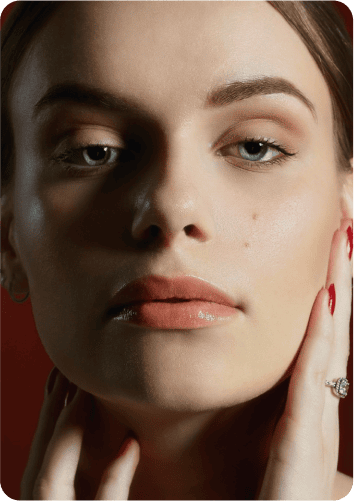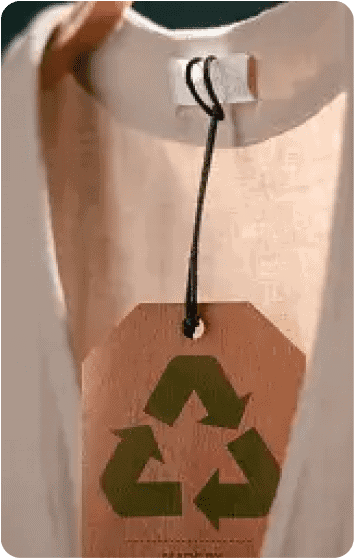As consumers become more conscious about the products they use, the question of whether brands are cruelty-free has gained significant attention. Pantene, a popular hair care brand, often comes up in discussions about animal testing and ethical practices. In this article, we’ll take a closer look at Pantene’s stance on animal testing and explore the broader implications of cruelty-free certification in the beauty industry as we move into 2025.
Key Takeaways
- Cruelty-free means no animal testing at any stage of product development.
- Pantene has faced scrutiny for its animal testing practices, especially in markets where regulations differ.
- Consumer awareness can influence brands to adopt more ethical practices.
- Identifying truly cruelty-free products requires careful research and understanding of certifications.
- The beauty industry is seeing a rise in demand for transparency and cruelty-free alternatives.
Understanding Cruelty-Free Certification
What Does Cruelty-Free Mean?
So, what does it really mean for a product to be labeled "cruelty-free"? Basically, it should mean that the product, and its ingredients, weren’t tested on animals at any stage of development. This includes testing done by the company itself, its suppliers, or any third parties. However, the definition can get a little murky, because there isn’t one universal standard. Some companies might claim to be cruelty-free if they only stopped testing recently, or if they outsource testing to countries where it’s required by law. It’s a bit of a minefield, honestly.
The Importance of Cruelty-Free Products
Why should you even care about cruelty-free products? Well, for many people, it’s an ethical issue. No one wants animals to suffer for the sake of beauty or personal care. But beyond the ethical considerations, supporting cruelty-free brands also encourages companies to invest in alternative testing methods. These methods, like using cell cultures or computer models, can often be more accurate and efficient than animal testing. Plus, buying cruelty-free sends a message to the industry that consumers want change.
Here’s a few reasons to buy cruelty-free:
- Ethical treatment of animals
- Support for innovative testing methods
- Increased transparency in the beauty industry
How Brands Achieve Cruelty-Free Status
Okay, so how do brands actually get that coveted cruelty-free label? Some brands get certified by independent organizations like Leaping Bunny or PETA. These organizations have their own standards and audit processes to ensure that a company truly isn’t testing on animals. Other brands might self-declare as cruelty-free, which can be a little riskier since there’s no external verification. It’s always a good idea to do your research and see if a brand’s claims hold up. Look for certifications, check ingredient lists, and see if they’re transparent about their sourcing and manufacturing processes.
It’s important to remember that "cruelty-free" doesn’t always mean "vegan." A product can be cruelty-free but still contain animal-derived ingredients like beeswax or honey. If you’re looking for both cruelty-free and vegan products, you’ll need to check the label carefully.
Pantene’s Stance on Animal Testing

Official Statements from Pantene
Okay, so what does Pantene actually say about testing on animals? It’s a bit of a tricky area. Officially, Pantene states they don’t test on animals unless required by law. This "unless required by law" part is where things get complicated. It means that in countries where animal testing is mandatory for cosmetic products, Pantene products might undergo such tests to be sold there. It’s not a straightforward "yes" or "no," and that’s why there’s so much debate around it.
Historical Context of Pantene’s Testing Practices
Let’s rewind a bit. Historically, many big beauty brands, including Pantene, engaged in animal testing more freely. It was pretty standard practice for ensuring product safety before regulations started changing. Over time, as consumer awareness grew and ethical concerns increased, there was pressure to find alternatives. Pantene, like other companies, has had to adapt to these changing expectations. It’s a journey, and their past practices definitely influence how people see them today. It’s worth remembering that changing long-standing procedures takes time, and the beauty industry is a huge machine.
Consumer Perception of Pantene’s Animal Testing
How do consumers feel about Pantene and animal testing? Well, opinions are pretty mixed. Some people are willing to give Pantene the benefit of the doubt, especially if they believe the brand is actively working to reduce animal testing. Others are much more skeptical, particularly if they prioritize buying only from brands with clear cruelty-free certifications. The lack of a definitive cruelty-free label definitely hurts Pantene in the eyes of many ethical consumers. Ultimately, consumer perception is a powerful thing, and it can really impact a brand’s reputation and sales. People are more informed than ever, and they’re voting with their wallets.
The Debate Around Pantene’s Cruelty-Free Status

Arguments For Pantene Being Cruelty-Free
Some argue that Pantene could be considered cruelty-free, or at least, is making strides. This perspective often hinges on the idea that while the brand may not have universal certification, they might be reducing animal testing where regulations allow. It’s also suggested that some of their products or specific lines could be cruelty-free, even if the entire brand isn’t. It’s a complex issue, and here are some points to consider:
- Pantene might adhere to local regulations that limit animal testing.
- Certain product lines could be produced without animal testing.
- The brand may be working towards reducing its reliance on animal testing.
Arguments Against Pantene’s Cruelty-Free Claims
Many people strongly disagree with any claim that Pantene is cruelty-free. The main argument is usually centered around the fact that Pantene, as part of a larger corporation, might still be required to test on animals in certain markets to comply with local laws. This is especially true for products sold in mainland China, where animal testing has historically been mandatory for many cosmetic products.
It’s important to remember that even if a brand claims to not conduct animal testing themselves, their products might still be subject to it by law in certain regions. This makes it difficult to definitively label them as cruelty-free.
Here’s a breakdown of common concerns:
- Mandatory animal testing in specific markets.
- Lack of transparency regarding testing practices.
- Association with a parent company that conducts animal testing.
The Role of Parent Companies in Cruelty-Free Practices
The role of parent companies is a big factor in the cruelty-free debate. Pantene is owned by Procter & Gamble (P&G), a massive corporation with a complex stance on animal testing. While P&G has invested in and promoted alternative testing methods, it also sells products in markets where animal testing is required by law. This creates a situation where, even if Pantene itself doesn’t directly conduct animal tests for all its products, its parent company’s practices cast a shadow on its cruelty-free status. It’s a bit like this:
| Factor | Impact |
|---|---|
| P&G’s Global Reach | Sells in markets requiring animal testing. |
| Investment in Alternatives | Shows commitment to reducing animal testing in some areas. |
| Consumer Perception | Can be negatively impacted by the parent company’s practices. |
Consumer Awareness and Ethical Choices
The Impact of Consumer Choices on Brands
Our choices as consumers really do matter. It’s easy to feel like one person can’t make a difference, but when lots of people start making similar choices, companies notice. When we choose cruelty-free products, we’re sending a message to brands that ethics matter. Think about it: if a company sees its cruelty-free line selling better than its traditionally tested products, they’re more likely to shift their focus. It’s all about supply and demand, and we, the consumers, control the demand. It might take time, but consistent ethical purchasing can drive real change in the beauty industry.
How to Identify Truly Cruelty-Free Products
Okay, so you want to buy cruelty-free. Great! But how do you actually know if a product is truly cruelty-free? It can be tricky. Here’s what I usually do:
- Look for certifications: Leaping Bunny, PETA’s Beauty Without Bunnies, and Choose Cruelty Free are some of the most recognizable. These organizations have standards that companies must meet to get certified.
- Check the ingredients: Some ingredients are more likely to have been tested on animals, even if the final product wasn’t. Do a little research on common cosmetic ingredients.
- Read the fine print: Sometimes companies will say they don’t test on animals "except where required by law." This usually means they’re selling in China, where animal testing was previously mandatory for many imported cosmetics. (Note: this is changing, but it’s still something to watch out for.)
It’s also worth checking out resources like ethical elephant and cruelty-free kitty. These websites do a lot of the research for you and maintain lists of cruelty-free brands.
The Rise of Vegan and Cruelty-Free Alternatives
It’s a great time to be an ethical consumer because there are so many vegan and cruelty-free alternatives available now. It wasn’t always this way! Just a few years ago, finding good quality, affordable cruelty-free makeup or skincare was a real challenge. Now, you can find amazing products at almost any price point. Plus, many of these brands are also focusing on sustainable packaging and ethically sourced ingredients, which is a win-win for everyone. The demand for these products is only going to keep growing, which means even more innovation and better options in the future.
Regulatory Landscape for Animal Testing
Current Laws Governing Animal Testing
Navigating the legal world of animal testing is… complicated. Different countries have wildly different rules. Some have outright bans on animal testing for cosmetics, while others still require it for certain products or ingredients. Understanding these laws is the first step in making informed choices. In the US, there isn’t a federal law banning cosmetic animal testing, but several states have passed their own bans. This patchwork of regulations makes it difficult for companies to operate consistently and for consumers to know what they’re really buying.
International Differences in Animal Testing Regulations
The global landscape of animal testing regulations is a real mixed bag. The European Union, for example, has a comprehensive ban on animal testing for cosmetics, both for products made within the EU and those imported from other countries. This has pushed many companies to adopt cruelty-free practices to sell their products in Europe. China, on the other hand, has historically required animal testing for many imported cosmetics, though there have been some recent changes to allow certain products to be exempt. These international differences create a complex web of requirements that companies must navigate.
Future Trends in Animal Testing Legislation
Looking ahead, there’s a growing movement towards ending animal testing worldwide. More and more countries are considering or implementing bans, driven by both consumer demand and the development of alternative testing methods.
Here are some potential future trends:
- Increased adoption of alternative testing methods like in vitro (cell-based) and in silico (computer-based) models.
- Greater international cooperation to harmonize regulations and promote cruelty-free standards.
- More pressure on companies to be transparent about their testing practices and supply chains.
The push for cruelty-free products is gaining momentum, and it’s likely that we’ll see even more significant changes in animal testing legislation in the coming years. Consumers are becoming more aware of the issue, and they’re demanding that companies prioritize ethics and animal welfare.
Alternatives to Pantene for Ethical Consumers
Brands That Are Certified Cruelty-Free
Finding shampoo and conditioner that aligns with your values is easier than ever. There are tons of brands out there that have secured cruelty-free certification from reputable organizations like Leaping Bunny or PETA. These certifications mean the brand doesn’t test on animals at any stage of production. Some popular options include brands like Shea Moisture, Alba Botanica, and Acure. It’s always a good idea to check the product packaging or the brand’s website to confirm their cruelty-free status.
Comparing Ingredients and Efficacy
Switching to a cruelty-free brand doesn’t mean you have to compromise on hair quality. Many ethical brands focus on using natural, nourishing ingredients that are actually better for your hair. Look for products free of sulfates, parabens, and artificial dyes. Read ingredient lists carefully and compare them to Pantene’s. You might be surprised to find that cruelty-free alternatives often contain more beneficial ingredients.
Here’s a quick comparison table:
| Feature | Pantene | Cruelty-Free Alternative (Example: Shea Moisture) |
|---|---|---|
| Animal Testing | Potentially (depending on region) | No |
| Common Ingredients | Sulfates, Silicones, Parabens | Shea Butter, Coconut Oil, Natural Extracts |
| Price | Generally Affordable | Varies, often comparable |
The Benefits of Supporting Ethical Brands
Choosing cruelty-free products sends a powerful message to the beauty industry. By supporting ethical brands, you’re encouraging more companies to adopt cruelty-free practices. You’re also investing in products that are often better for your health and the environment. It’s a win-win situation! Plus, many of these brands are smaller businesses that prioritize sustainability and fair labor practices.
Making the switch to cruelty-free isn’t just about what you’re not buying; it’s about what you are supporting. You’re backing companies that value animal welfare, environmental responsibility, and transparency. It’s a conscious choice that can make a real difference.
The Future of Cruelty-Free Beauty
Emerging Trends in Cruelty-Free Products
The cruelty-free beauty market is booming, and it’s not just a trend—it’s a real shift in how people think about their purchases. We’re seeing more and more innovative products that are both effective and ethically made. For example, there’s been a surge in waterless beauty products, which reduce packaging and water waste. Also, expect to see more brands using upcycled ingredients, turning waste from other industries into something beautiful and useful. It’s all about minimizing impact and maximizing benefits.
Consumer Demand for Transparency
Consumers want to know exactly what they’re putting on their skin and where it comes from. This demand for transparency is pushing brands to be more open about their supply chains, ingredients, and manufacturing processes. People are doing their research, checking labels, and asking questions. Brands that can provide clear, honest information are the ones that will build trust and loyalty. It’s not enough to just say you’re cruelty-free; you need to show it.
The Role of Technology in Animal Testing Alternatives
Technology is playing a huge role in moving away from animal testing. There are some really cool advancements happening, like:
- 3D-printed skin models: These allow scientists to test products on human skin cells without harming animals.
- Advanced computer modeling: This can predict how a substance will react with the body, reducing the need for lab tests.
- Microfluidic chips: These "organs-on-chips" mimic the function of human organs, providing a more accurate way to test the safety and effectiveness of products.
These technologies are not only more ethical but often more accurate than traditional animal testing methods. As technology continues to advance, we can expect to see even more sophisticated and reliable alternatives emerge, making animal testing truly a thing of the past.
As we look ahead, the world of cruelty-free beauty is becoming brighter and more exciting. More brands are choosing to create products that are kind to animals and the planet. This shift means you can enjoy your favorite beauty items without guilt. Join the movement for a more compassionate future in beauty! Visit our website to discover amazing cruelty-free products that you can feel good about using.
Final Thoughts on Pantene’s Cruelty-Free Status
In wrapping up, it’s clear that the question of whether Pantene is truly cruelty-free isn’t straightforward. While they claim to be cruelty-free, the reality is a bit murky, especially when you consider their testing practices and the markets they operate in. It’s important for consumers to stay informed about what they’re putting on their hair and skin. If you’re passionate about cruelty-free products, it might be worth exploring other brands that are more transparent about their practices. Ultimately, being aware of the ingredients and the ethics behind the brands we support can lead to better choices for our health and the well-being of animals.
Frequently Asked Questions
What does it mean for a product to be cruelty-free?
Cruelty-free means that a product was not tested on animals at any point during its development.
Why is it important to choose cruelty-free products?
Choosing cruelty-free products helps reduce animal suffering and encourages companies to adopt more humane practices.
What has Pantene said about animal testing?
Pantene claims that they do not test their products on animals, but they are owned by a larger company that may have different policies.
Are there arguments for and against Pantene being cruelty-free?
Some people believe Pantene is cruelty-free because of their statements, while others argue that their parent company still conducts animal testing.
How can I find truly cruelty-free products?
Look for certifications from recognized organizations, check labels, and research brands to ensure they follow cruelty-free practices.
What are some good alternatives to Pantene for those who want cruelty-free options?
There are many brands that are certified cruelty-free, such as Aveda, The Body Shop, and Lush, which offer effective hair care products.
